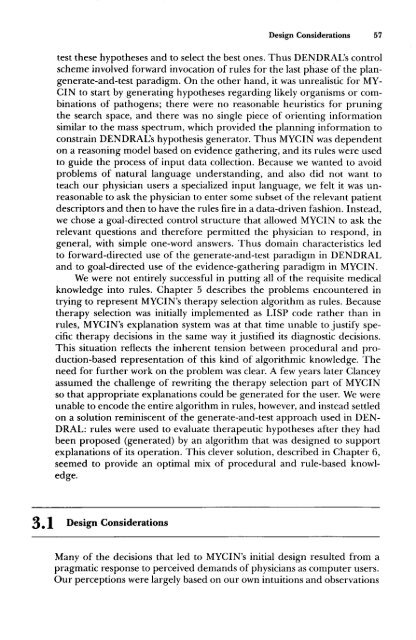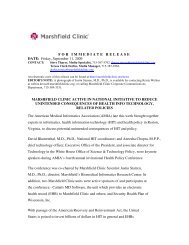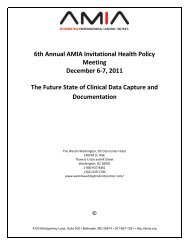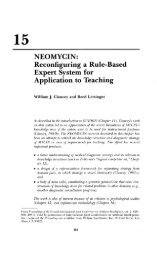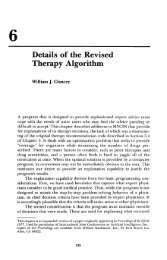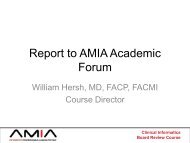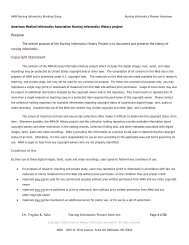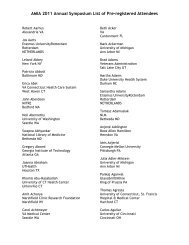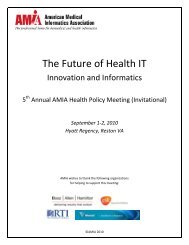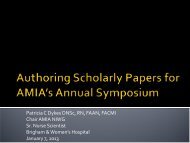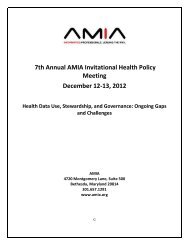Chapter 3 - People
Chapter 3 - People
Chapter 3 - People
You also want an ePaper? Increase the reach of your titles
YUMPU automatically turns print PDFs into web optimized ePapers that Google loves.
Design Considerations 57test these hypotheses and to select the best ones. Thus DENDRAL’s controlscheme involved forward invocation of rules for the last phase of the plangenerate-and-testparadigm. On the other hand, it was unrealistic for MY-CIN to start by generating hypotheses regarding likely organisms or combinationsof pathogens; there were no reasonable heuristics for pruningthe search space, and there was no single piece of orienting informationsimilar to the mass spectrum, which provided the planning information toconstrain DENDRAL’s hypothesis generator. Thus MYCIN was dependenton a reasoning model based on evidence gathering, and its rules were usedto guide the process of input data collection. Because we wanted to avoidproblems of natural language understanding, and also did not want toteach our physician users a specialized input language, we felt it was unreasonableto ask the physician to enter some subset of the relevant patientdescriptors and then to have the rules fire in a data-driven fashion. Instead,we chose a goal-directed control structure that allowed MYCIN to ask therelevant questions and therefore permitted the physician to respond, ingeneral, with simple one-word answers. Thus domain characteristics ledto forward-directed use of the generate-and-test paradigm in DENDRALand to goal-directed use of the evidence-gathering paradigm in MYCIN.We were not entirely successful in putting all of the requisite medicalknowledge into rules. <strong>Chapter</strong> 5 describes the problems encountered intrying to represent MYCIN’s therapy selection algorithm as rules. Becausetherapy selection was initially implemented as LISP code rather than inrules, MYCIN’s explanation system was at that time unable to justify specifictherapy decisions in the same way it justified its diagnostic decisions.This situation reflects the inherent tension between procedural and production-basedrepresentation of this kind of algorithmic knowledge. Theneed for further work on the problem was clear. A few years later Clanceyassumed the challenge of rewriting the therapy selection part of MYCINso that appropriate explanations could be generated for the user. We wereunable to encode the entire algorithm in rules, however, and instead settledon a solution reminiscent of the generate-and-test approach used in DEN-DRAL: rules were used to evaluate therapeutic hypotheses after they hadbeen proposed (generated) by an algorithm that was designed to supportexplanations of its operation. This clever solution, described in <strong>Chapter</strong> 6,seemed to provide an optimal mix of procedural and rule-based knowledge.3.1Design ConsiderationsMany of’ the decisions that led to MYCIN’s initial design resulted from apragmatic response to perceived demands of physicians as computer users.Our perceptions were largely based on our own intuitions and observations


